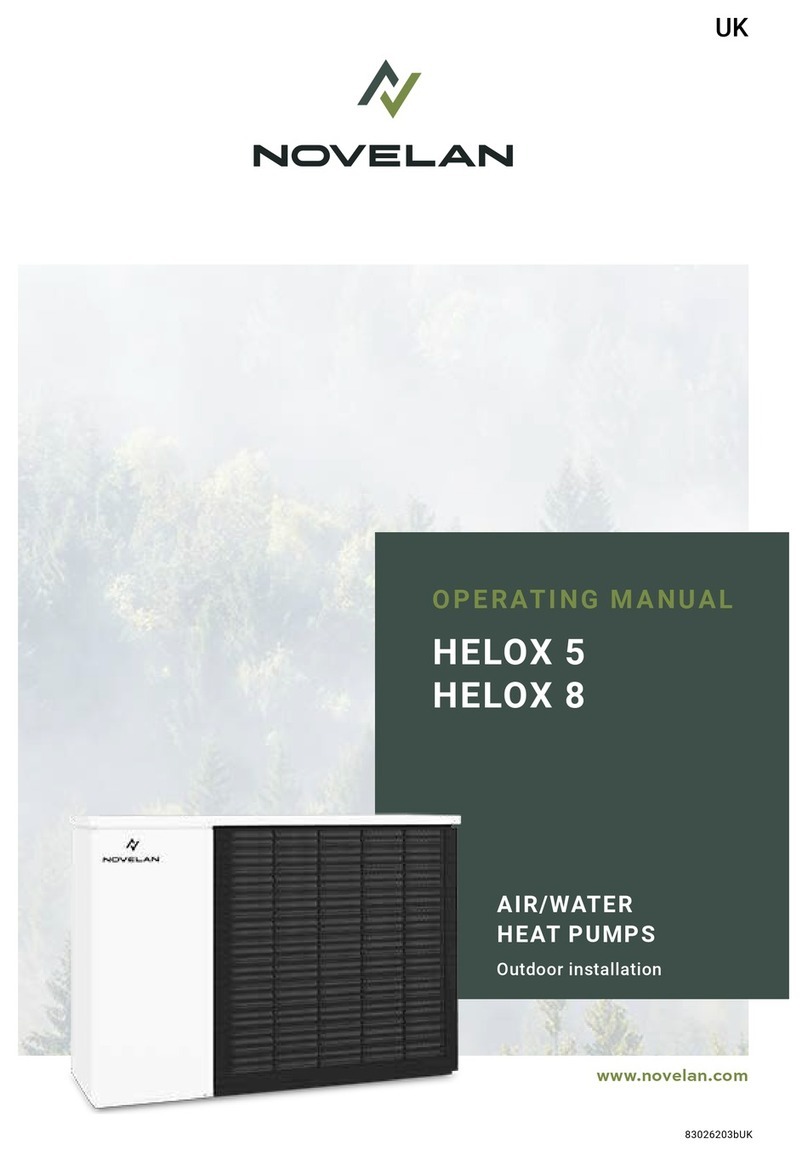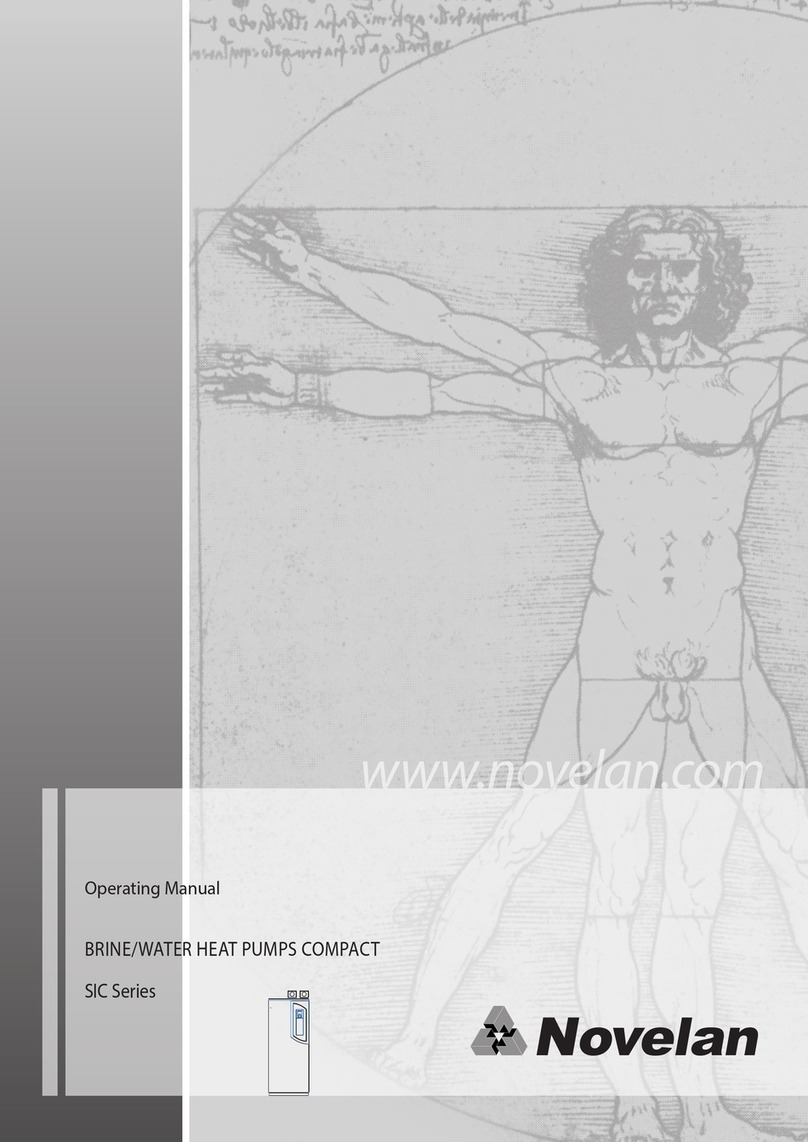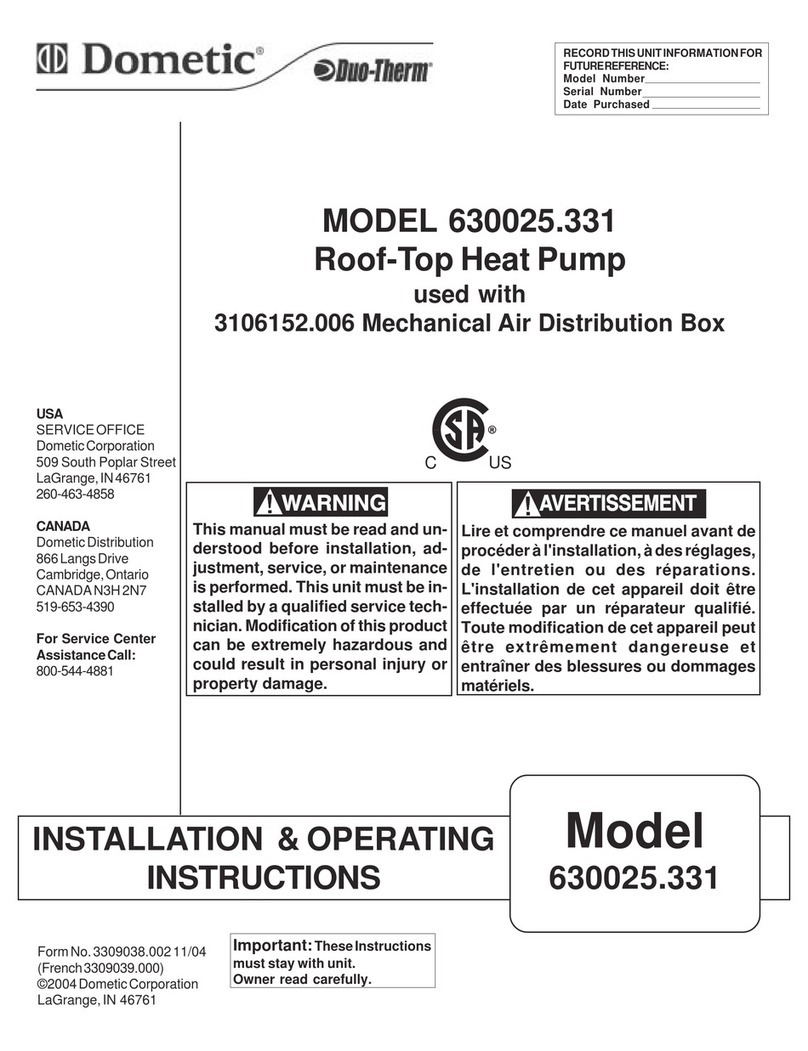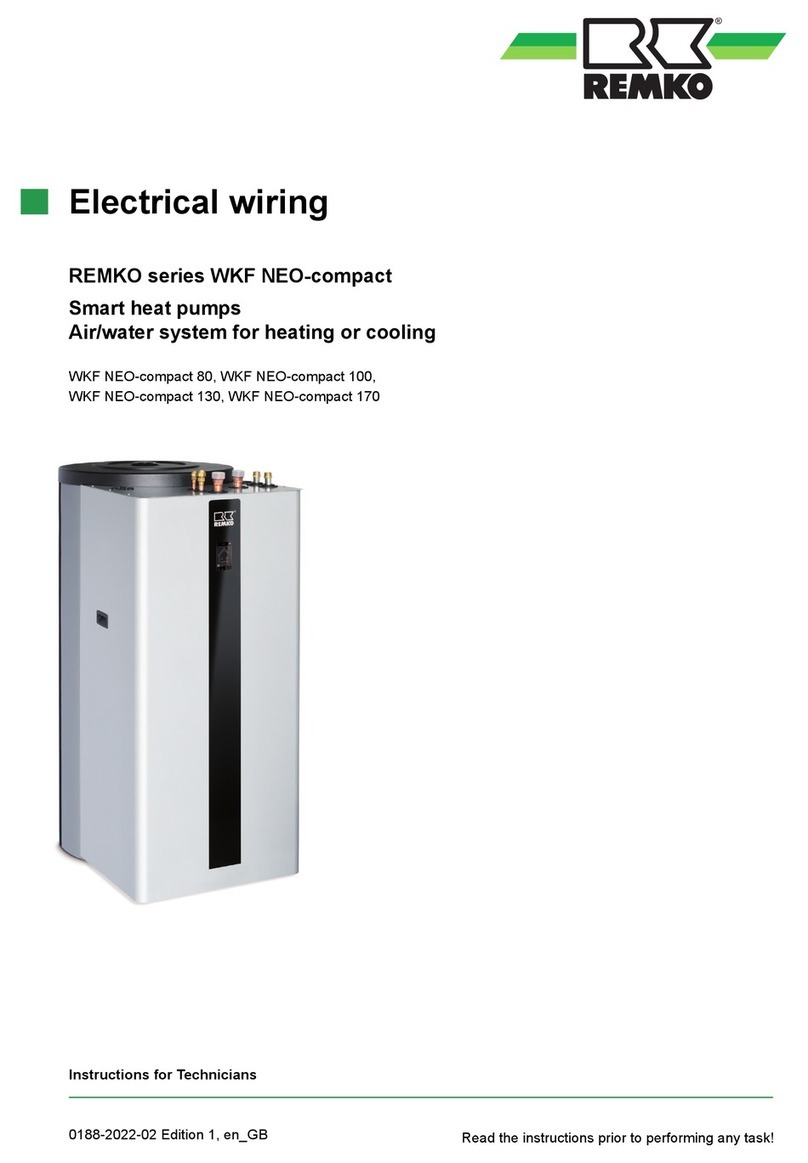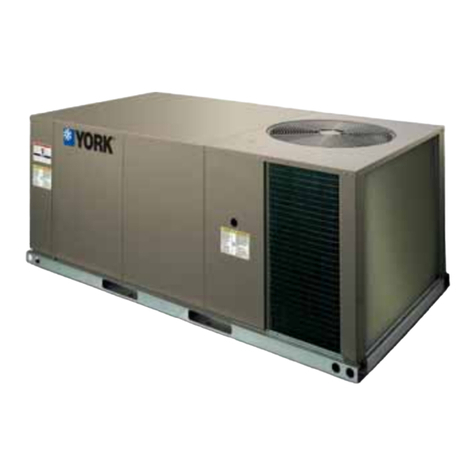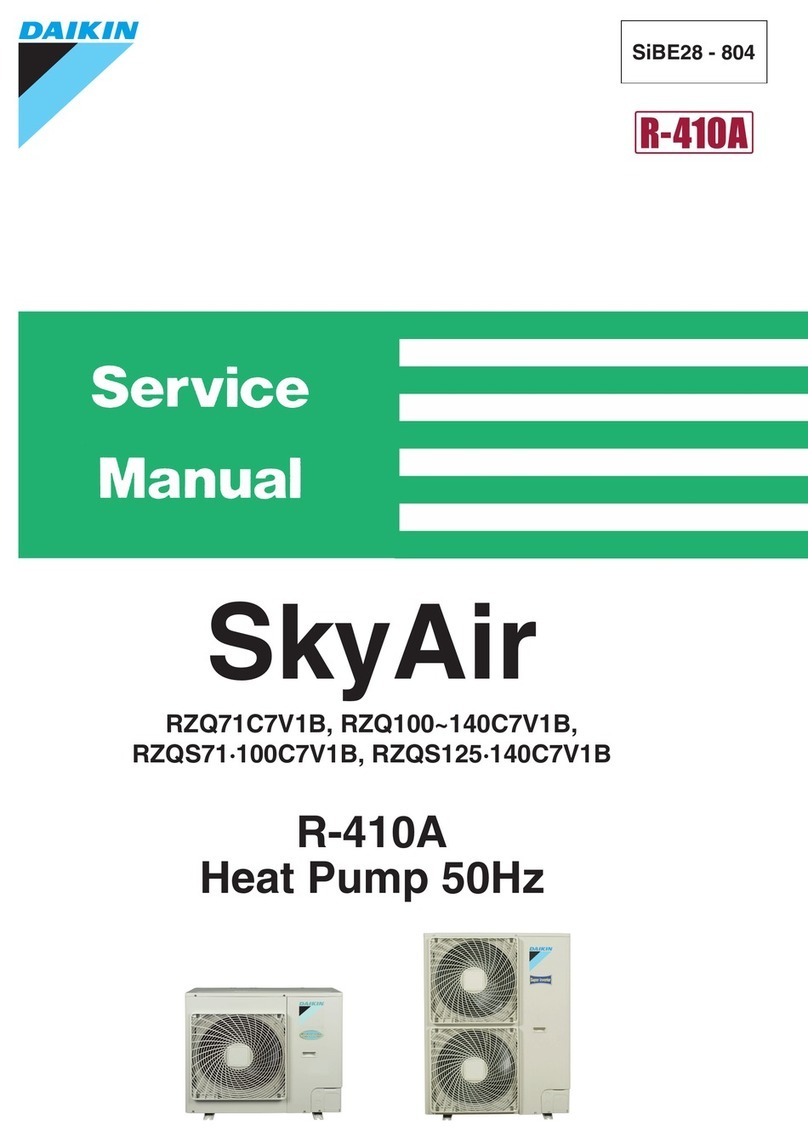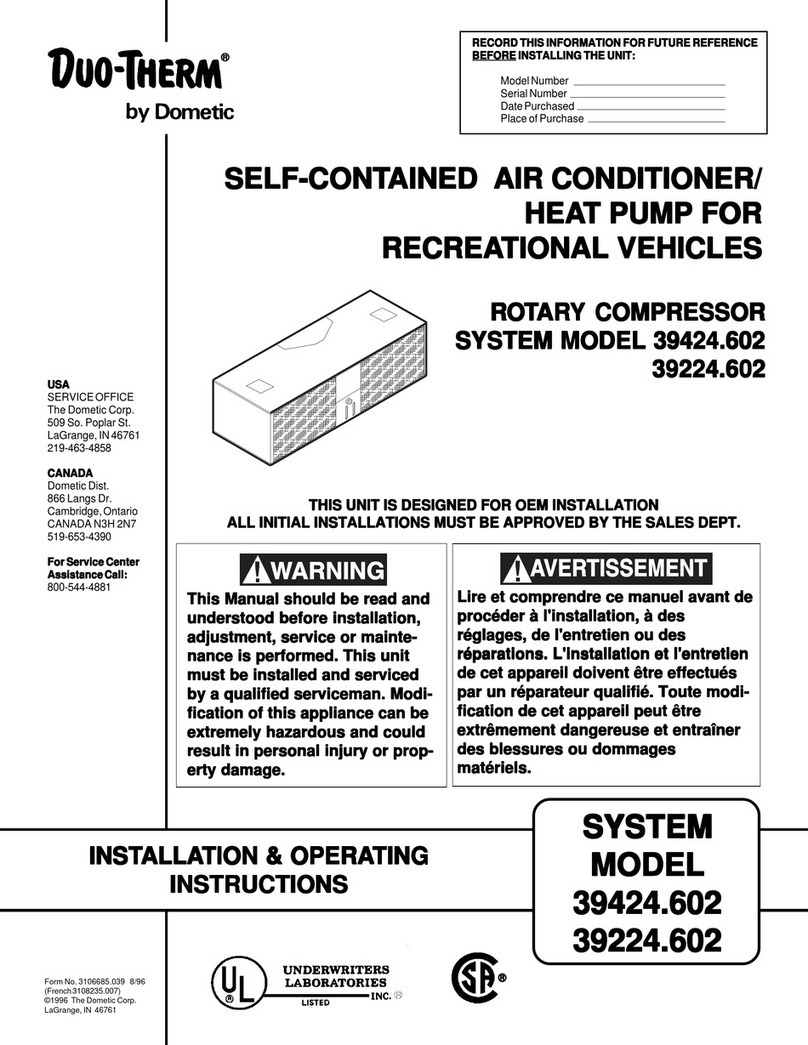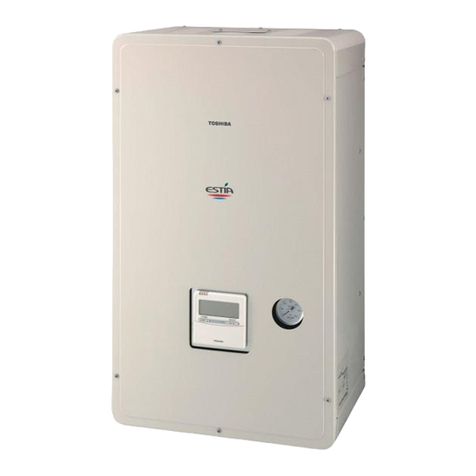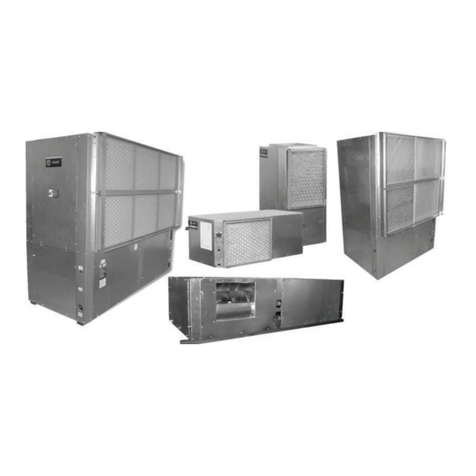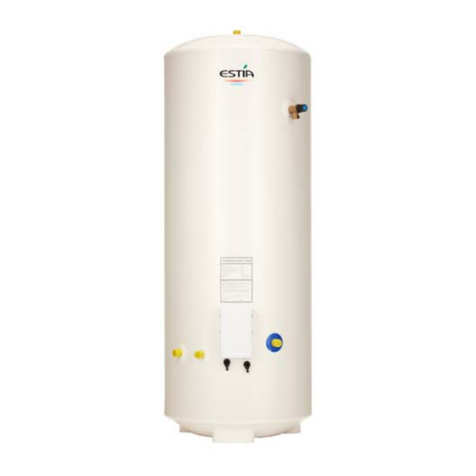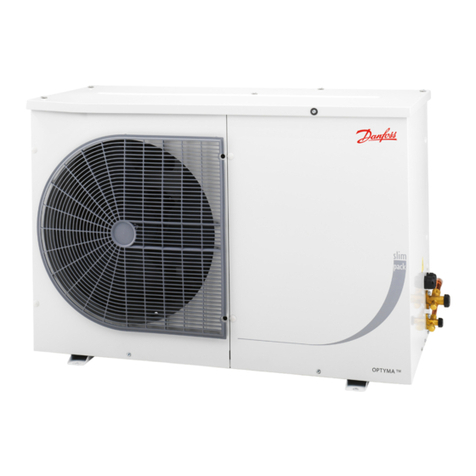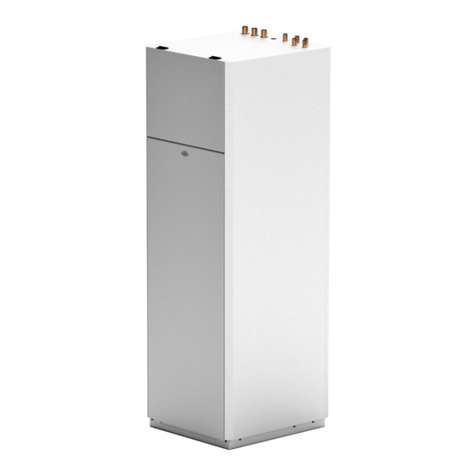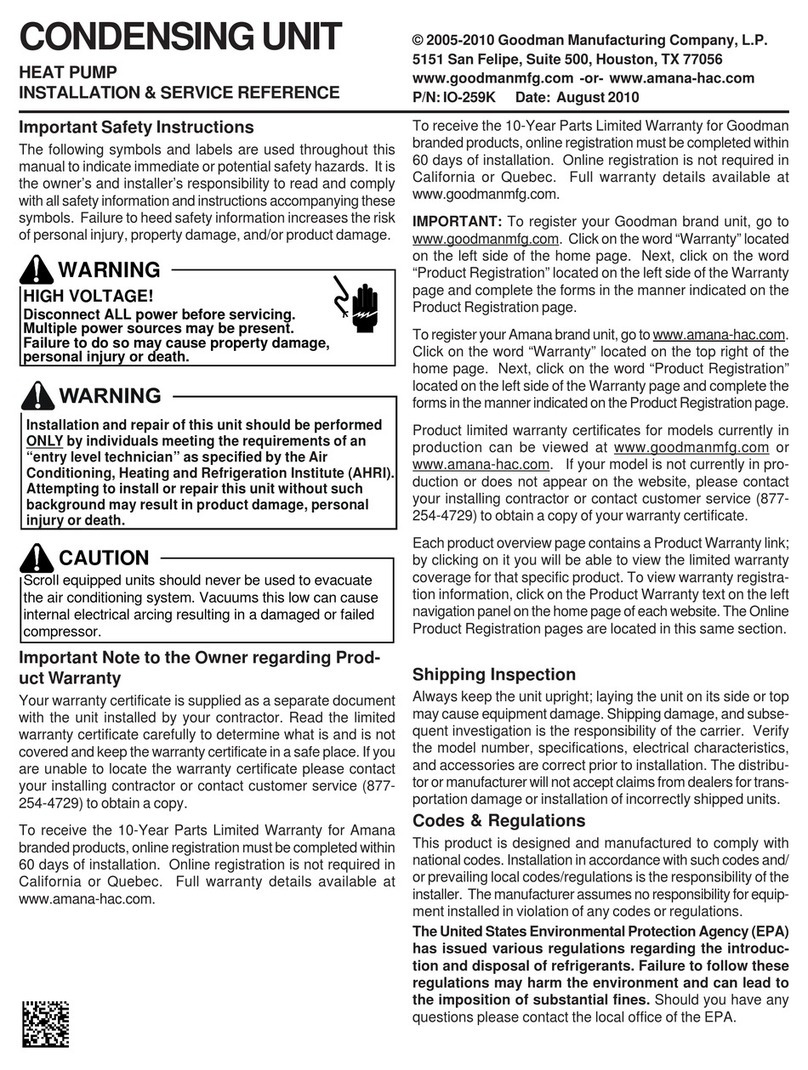
19
83054303eUK – Translation into English of the original German operating manual – Subject to change without notice. www.novelan.com
WATER SOFTENING TO VDI 2035 PART I
If the water is softened before the heating is lled,
in accordance with the VDI 2035 guidelines, no scale
can form. This eectively and permanently prevents
limescale deposits and the resulting negative eects on
the entire heating system.
CORROSION AN UNDERESTIMATED PROBLEM
VDI 2035, Part II, deals with the problem of corrosion.
Softening the heating water can prove to be insucient.
The pH value can signicantly exceed the limit of 10. pH
values higher than 11 can set in, which even damage
rubber seals. The VDI 2035, Part 1 guidelines are fullled,
however, VDI 2035, Part 2 suggests a pH value between
8.2 and maximum 10.
If aluminium materials are used, which is the case in
many modern heating systems, a pH value of 8.5 must
not be exceeded, because otherwise there is a threat
of corrosion – and aluminium is attacked without the
presence of oxygen. Therefore, apart from softening
the heating ll and additional water, the heating water
should also be appropriately conditioned. This is the
only way to comply with the VDI 2035 requirements and
the recommendations and installation instructions of
the heat pump manufacturer.
Part 2 of VDI 2035 also points out the reduction in total
salt content (conductivity). The risk of corrosion is far
lower if deionised water is used than is the case if the
system is operated with salty, i.e. softened water.
Even if the water has been softened beforehand, it
contains dissolved, corrosion-promoting salts, which act
as electrolytes due to the use of dierent materials in
the heating system and therefore accelerate corrosion
processes. This can ultimately result in pitting.
Contamination and deposits in the heating circuit can
cause malfunctions
ON THE SAFE SIDE WITH LOWSALT OPERATION
The problems listed above do not occur at all with
low-salt operation, as neither corrosive salts such as
sulphates, chlorides and nitrates nor alkalising sodium
hydrogen carbonate are in the heating water. The
corrosive properties of deionised water are very low
and in addition, fur cannot form in the boiler. This is the
ideal approach for closed heating circuits, in particular,
because low oxygen input into the heating circuit can
also be tolerated.
VDI 2035 Part I gives important information and
recommendations regarding scaling and its prevention
in heating and domestic hot water heating systems.
VDI 2035 Part II primarily deals with the requirements for
reducing heating water corrosion in hot water heating
systems.
PRINCIPLES OF PART I AND PART II
The occurrence of scaling and corrosion damage in hot
water heating systems is low, if
- proper planning and commissioning is carried out
- the system is closed in corrosion terms
- adequately dimensioned pressurising is integrated
- the guide values for the heating water are complied
with
- and regular servicing and maintenance are carried out.
A system log should be kept, in which the relevant
planning data is entered (VDI 2035).
DAMAGE THAT CAN OCCUR IN CASE OF NON
COMPLIANCE
- Malfunctions and the failure of components (e.g.
pumps, valves)
- Internal and external leaks (e.g. from heat exchangers)
- Cross-section reduction and blockaging of components
(e.g. heat exchanger, pipes, pumps)
- Material fatigue
- Gas bubbles and gas cushion formation (cavitation)
- Negative eect on heat transfer (formation of coatings,
deposits) and associated noises (e.g. boiling noises,
ow noises)
LIMESCALE THE ENERGY KILLER
Filling with untreated drinking water inevitably
leads to the precipitation of all calcium as scale. The
consequence: limescale deposits form on the heat
transfer surfaces of the heating. The eciency falls and
the energy costs rise. A rule of thumb is that 1 millimetre
of limescale deposit causes an energy loss of 10%. In
extreme cases it can even cause damage to the heat
exchangers.




















